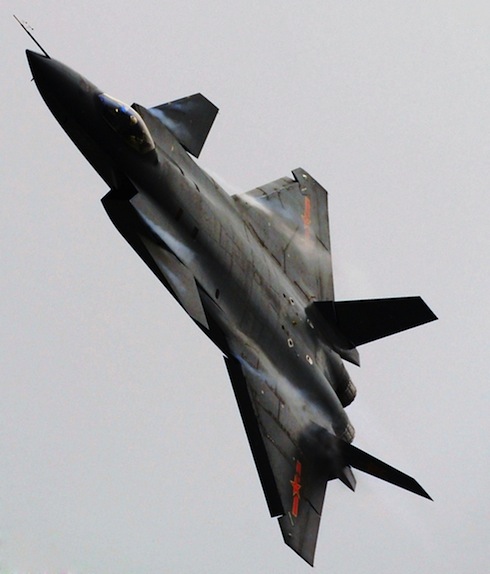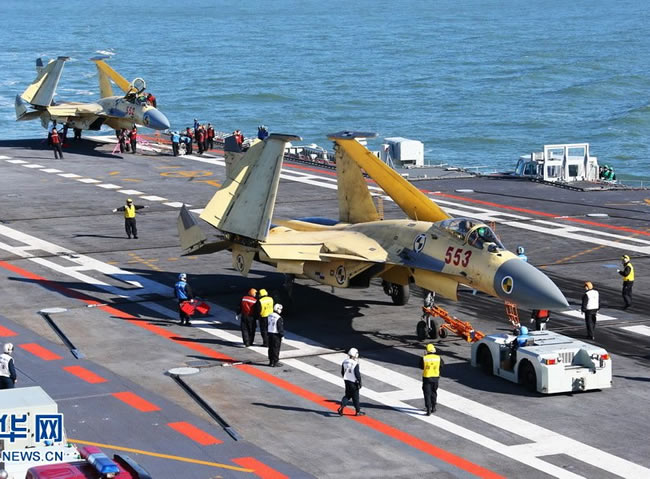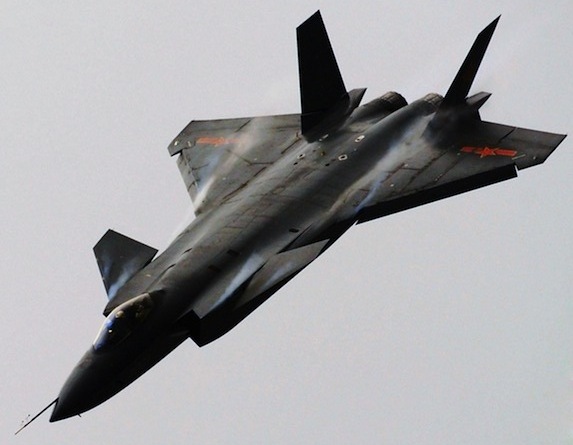
China is likely to complete the construction of its second and third aircraft carriers with the ability to carry J-20 fifth-generation stealth fighters, although a carrier-friendly model may need to be designed first.
China’s domestic aircraft carriers currently designated ‘Type 001A’ will look very similar to the Liaoning, the country’s first aircraft carrier bought from Ukraine and refitted. They are most likely to be equipped with a ski-jump ramp. The displacement of each vessel is expected to be around 70,000 tons, similar to the Liaoning’s maximum displacement of 67,000 tons. China Shipbuilding Industry Corporation has already received contracts for the construction of two Type 001A carriers, at a projected cost of 50 billion Yuan (about US$9 billion.) Work on the second aircraft carrier has already started at the Dalian shipyard. This carrier, the first to be designed and built in China, is expected to be commissioned by 2020.
The PLA Navy is planning to form two composite air hangar decks, with 50 fighters for each carrier (compared to the Liaoning’s single deck hanger storing 30 J-15 fighter jets). However, the design of the Chengdu J-20 is currently too large to be deployed aboard the Liaoning, according to the report. Domestic carrier versions will have to be larger to accommodate them, putting them at an estimated 80,000 tons. Furthermore, they may use a steam catapult or electromagnetic aircraft launch system.
The current J-20 prototype is not designed for carrier operations, and is not suited to take off or land on a carrier. The length of the first domestically built aircraft carrier may be be longer than the Liaoning by an estimated 20 meters but a new version of the J-20 will have to be redesigned into a more compact size, similar to the current J-15.
Eventually, China’s future carrier air wing may come equipped with 25 stealthy, 5th generation fighters such as the navalized J-20s, which will become the carriers’ first line strike fighter, capable of attacking denied or contested enemy airspace or naval forces, along with 25 J-15B 4th generation fighters, which will provide second line attack, self defense, electronic attack and refuelling support.
Once completed, further carriers will greatly increase China’s force projection capability into the Western Pacific and Indian oceans.






















